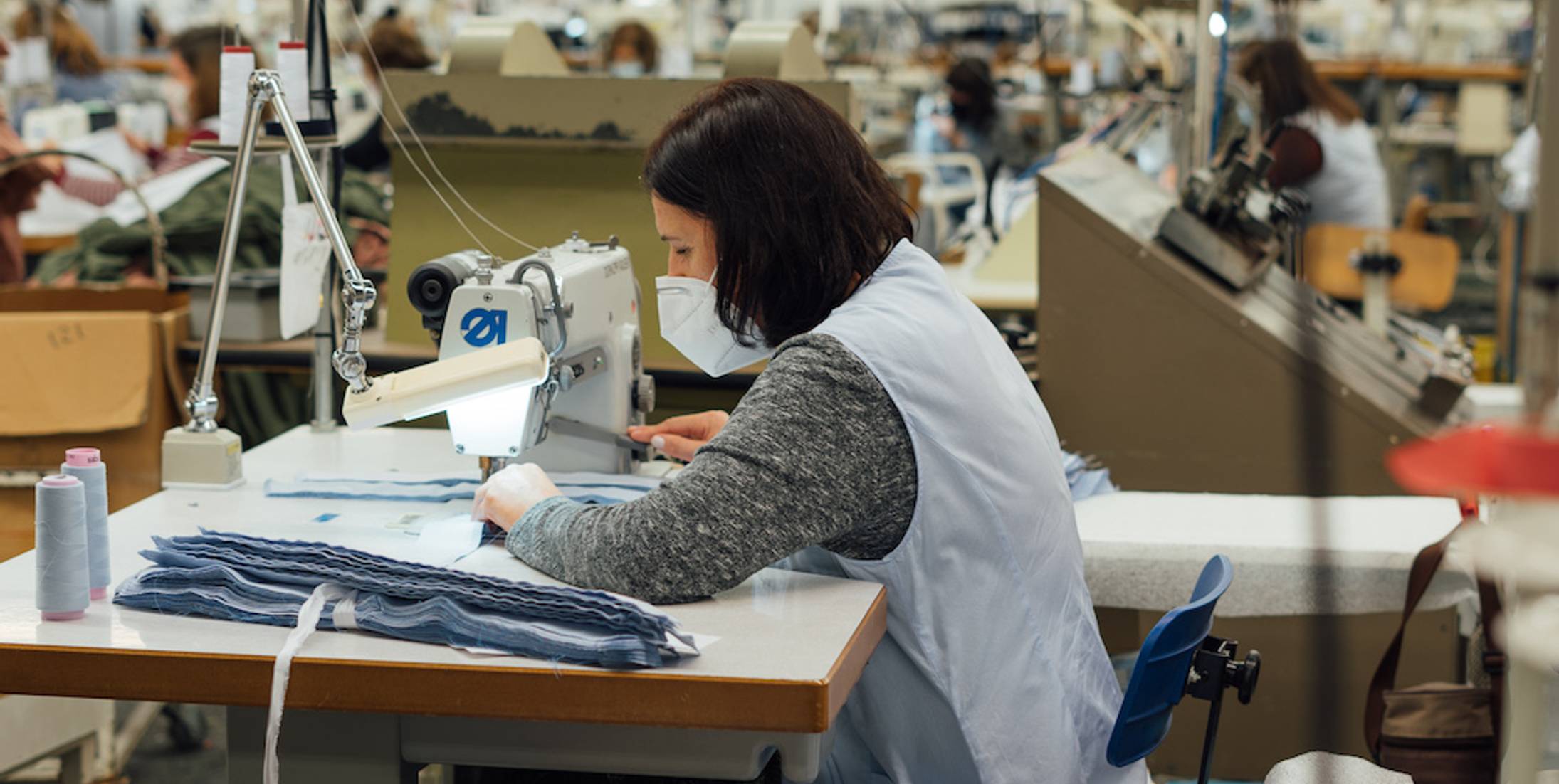
Just take a quick look at the Ulule or KissKissBankBank platforms. They are overflowing with participatory financing campaigns for new fashion brands all presented as sustainable. This phenomenon has been structured for a few years. Some companies like the Slip français created in 2012, 1083 created in 2013 or Hopaal, which exists since 2016, have traced the path of a more responsible fashion. Previously alternative, sustainable fashion is now becoming a standard, thanks to consumer’s pressure. But despite the clearing of their elders, young designers are still faced with many obstacles.
–
A pre-requisite to start a business
A few years ago, creating a fashion brand with sustainable values was still marginal, notes Thomas Huriez, founder of 1083 – a company specializing in sustainable Made in France jeans. “In 2013, when I started 1083, mentalities were just beginning to evolve. Arnaud Montebourg had notably made the front page of the Parisien newspaper with a sailor’s jacket and we could feel a kind of new attention around Made in France. Today, it has become a prerequisite. Brands have understood that this commitment is necessary. It would be hard to imagine an entrepreneur launching “a clothing brand made from conventional cotton in Bangladesh,” admits Clément Maulavé, co-founder of Hopaal, a producer of recycled clothing.
Today, a significant part of French people are expecting brands to get involved. In a study conducted in 2019 by the Institut Français de la Mode and Première Vision, Gildas Minvielle, director of the IFM-Première Vision Chair, already noted that “some consumers are consuming less but better. They are willing to pay more and compensate by buying fewer products”. The pandemic has apparently not frozen these good intentions. The same study, conducted a year later, showed that 64% of consumers were considering buying a responsible fashion product in the coming months. The creation of products in the country and the choice of raw materials were the main points of attention retained.
Expectations heard by designers who do not hesitate to display GOTS or Oeko tex labels to highlight the quality of their raw materials. As part of the IFM-Kering chair, the Institut Français de la Mode has developed the Fashion Sustainability certificate, described on its website as “an interdisciplinary program designed to provide students with the knowledge and skills necessary to advance sustainability practices in the fashion and luxury industry.”
–
An “opaque” textile industry
Entering the eco-responsible fashion sector is a path strewn with pitfalls for those who venture into it. To meet the values they claim, entrepreneurs are confronted with a lot of technical complexities. “Starting from a blank sheet of paper and building everything from a vision requires less effort than changing an existing brand, says Eloise Moigno, founder of the ethical fashion label SloWeAre. But you have to create your entire value chain, find the right people, the right materials…” .
Indeed, entrepreneurs who embark on this adventure have everything to build, especially when they do not come from this professional environment, which is often the case. “With Mathieu Couacault, we met in business school, in Toulouse. When we decided to launch our brand, we had no knowledge of the market, explains Clément Maulavé. It was complicated because we had no resources available, nor even a network of manufacturers. Marion Lemaire, founder of Splice, agrees: “At the beginning, everything was difficult because it was new for me. I come from the IT world where I was a project manager for 20 years. So I had to find the players in the industry, meet them, get to know the material…”.
Read the full article (in French) on Maddyness
